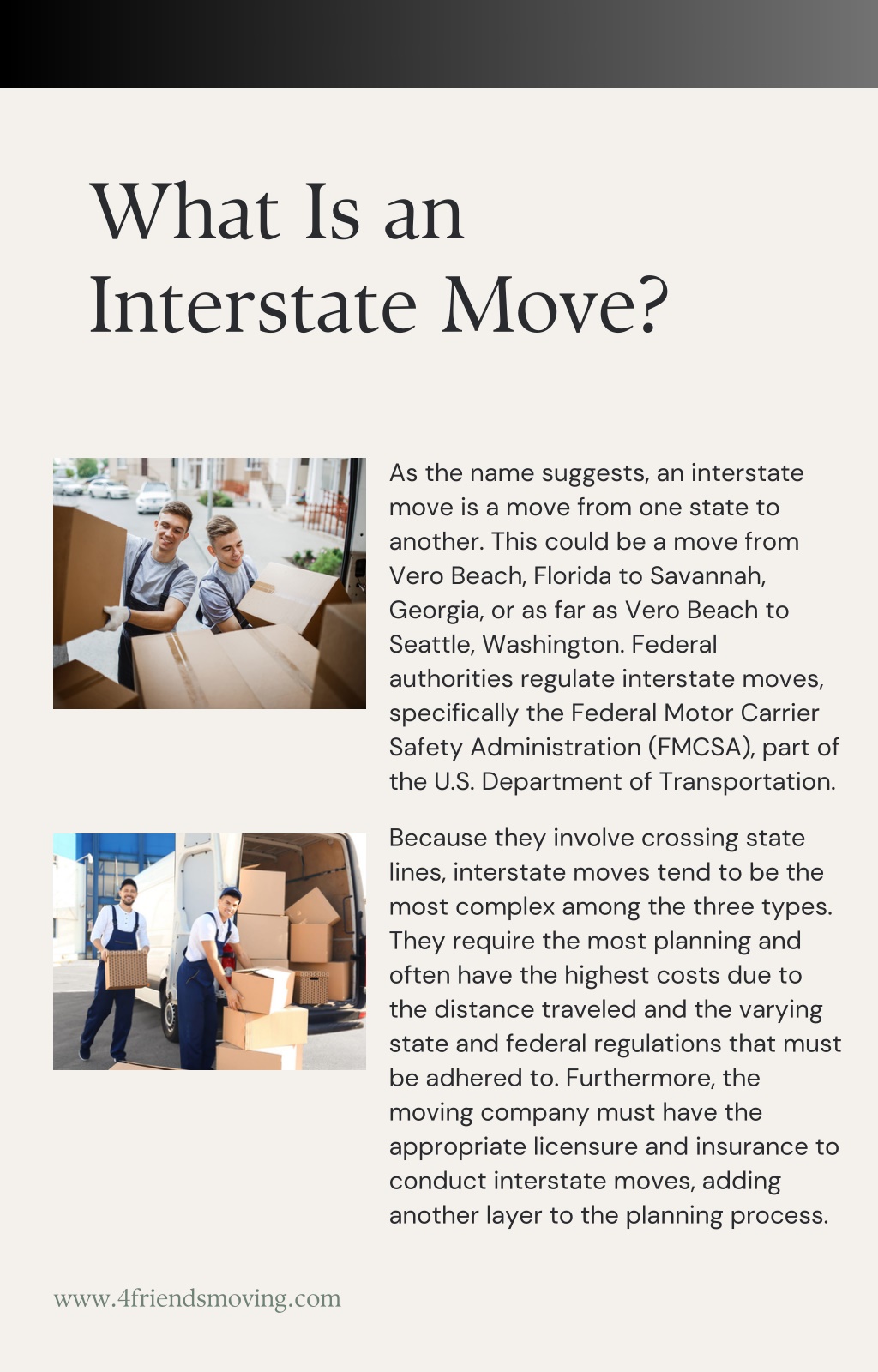Moving between states isn’t just a matter of distance; it involves legal requirements.
We’ll cover everything from preparing furniture for transport to avoiding common mistakes.
Stay with us to discover how to ensure a smooth relocation across state lines.
What Makes Interstate Moving Unique?
Interstate moving isn’t just a longer local move—it’s a controlled process.
A professional mover experienced in cross-state moving understands these details and helps you stay compliant.
Most importantly, the logistics are more complex: possible weather impacts come into play.
Tips for Choosing the Best Interstate Movers
Sites like Better Business Bureau and FMCSA’s mover search tool are great resources for screening movers.
Ask about additional fees such as fuel surcharges, long carry charges, or storage if needed.
Taking time to vet your moving company can save you stress, money, and avoidable delays.
Factors That Influence Interstate Moving Costs
Timing matters too: moving during peak seasons like summer or holidays can drive prices up by 20–30%.
If you request professional packing, furniture disassembly, custom crating for delicate items, or temporary storage, these all add to the base price.
Planning ahead and informing your moving company about these conditions helps avoid surprise charges on moving day.

Effective Planning for Moving Between States
Early preparation gives you enough time to handle unexpected challenges calmly.
Decide what to sell, donate, or discard to reduce weight and save on moving costs. Less volume often translates to lower transport fees, so decluttering pays off.
Finally, prepare an essentials kit for the days surrounding your move.
How to Choose the Best Type of Interstate Service
Not all interstate moving services are the same, and understanding your options helps you choose wisely.
Freight shipping companies also offer options for large shipments that don’t need full moving crews.
When comparing services, consider your priorities: Do you value convenience or budget?

Top Pitfalls in Long-Distance Moves
One of the biggest mistakes in interstate moving is underestimating time and effort.
Always verify USDOT numbers, insurance policies, and read contracts carefully before committing.
Using cheap boxes, skipping labels, or failing to protect fragile items increases the risk of breakage.
Budget-Friendly Strategies for Interstate Relocation
Every extra pound adds to the total bill, so sell, donate, or recycle items you no longer need.
Some movers offer price matching, discounts for flexible dates, or savings for booking during off-peak seasons.
Combining professional help with DIY strategies creates a cost-effective balance that fits your budget and schedule.
Wrapping Up Your Interstate Moving Journey
In summary, a clique neste link successful interstate move depends on careful planning, smart budgeting, and choosing the right service providers.
Investing time in research, comparing services, and preparing in advance pays off during a long-distance relocation.
Best of luck on your journey to a new home!
FAQ About Interstate Moving
How can I save money on an interstate move?
Comparing multiple quotes and moving during off-peak seasons also helps lower costs.
When should I hire movers for a long-distance move?
Early booking secures your preferred dates and gives you time to prepare.
What should I leave out of my moving boxes?
Movers typically won’t transport hazardous materials, perishables, firearms, or plants across state lines.
Do I need extra coverage for my interstate move?
Review your coverage options carefully and understand the claims process before moving day.
Do movers provide tracking for long-distance relocations?
Many professional interstate movers offer shipment tracking systems or regular status updates.